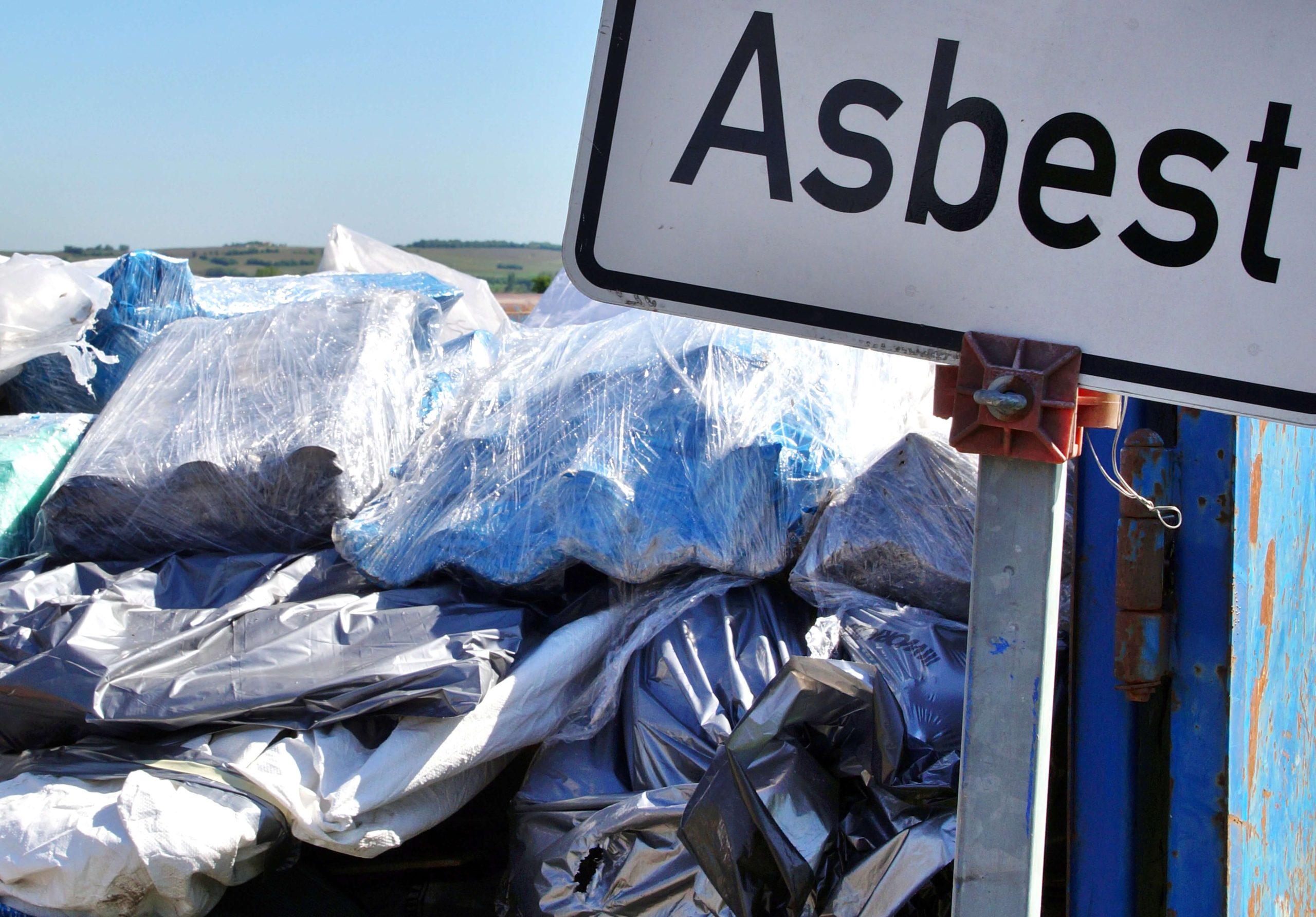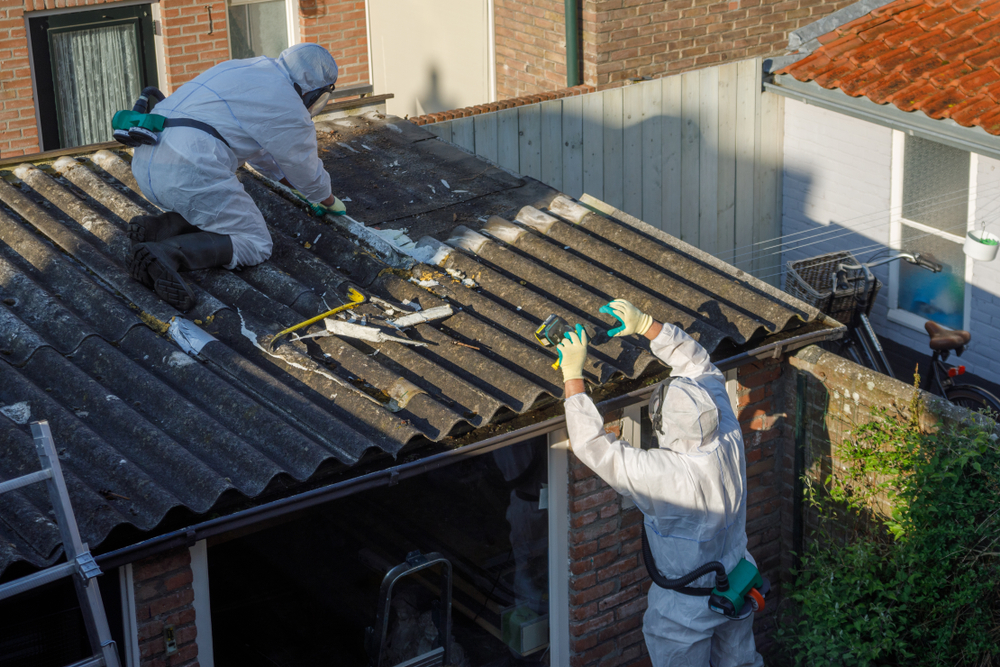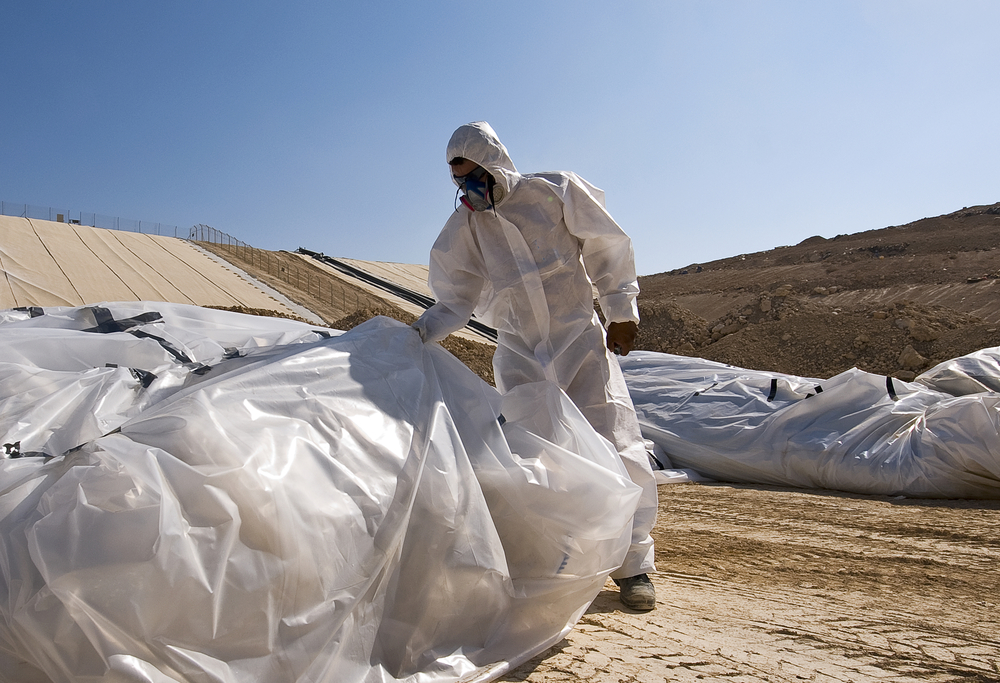
Asbestos, which was once considered a miracle material for its fire-resistant and insulating properties, is now well known as a serious health hazard. Prolonged exposure to asbestos fibres can lead to severe respiratory diseases, including lung cancer and asbestosis.
As a result, the safe and proper disposal of asbestos-containing materials (ACMs) has become a critical concern. Asbestos was once seen as a versatile and durable building material, used extensively across Australian homes, businesses and construction from the 1940s up until the 1980s.
However, it is now known that exposure to asbestos fibres can cause life-threatening illnesses including lung cancer, mesothelioma and asbestosis. This has led to stringent regulations around the handling and disposal of asbestos which all Australian residents and businesses must comply with.
Asbestos refers to a group of naturally occurring fibrous silicate minerals made up of microscopic fibres. There are two main types that were used commercially – Chrysotile (white asbestos) and amphibole asbestos (brown and blue asbestos). These fine asbestos fibres can be incredibly hazardous when released into the air and inhaled.
When asbestos fibres become airborne, they can easily be inhaled into the lungs. The almost indetectable fibres lodge themselves into the lung tissue where they can cause genetic mutations leading to cancerous cell changes. The three most common diseases are:
Due to the extensive use of asbestos in the construction of older homes in Australia, it is estimated that around one-third of all homes in Australia contain some form of hazardous material. This is why asbestos handling and removal requires such care, as exposure to degrading material in homes can be incredibly dangerous to health. Even low levels of asbestos fibres lodged in the lungs can lead to cancer or asbestosis later in life.

All Australian states and territories have enacted legislation around the safe handling and disposal of asbestos. Under occupational health and safety laws, asbestos is designated as hazardous material. This means anyone undertaking asbestos removal or disposal must follow strict procedures to minimise health risks.
Some key requirements for asbestos removal include:
Along with these precautions, all asbestos removalists must hold an asbestos removal licence and notify their state environmental protection authority before work begins. Only by following all regulated procedures can asbestos be removed without posing a hazard to workers and the wider public.

With the health risks involved, DIY asbestos removal is never advisable. Even seemingly simple tasks like removing old asbestos cement sheeting can release millions of microscopic fibres into the air if not done properly. Without the right equipment, training and experience, most DIY renovators will put themselves and their families at risk of dangerous exposure.
There are also legal ramifications for failing to properly handle and dispose of asbestos waste. Anyone caught illegally dumping asbestos or allowing exposure through lax practices can face fines of up to $1 million under environmental laws. This makes using professional asbestos removalists even more imperative.
Once safely removed, asbestos waste can only be disposed of at licensed landfill sites. General waste facilities cannot accept any form of asbestos due to the contamination risk. All asbestos must first be double bagged or wrapped before being sealed in labelled disposal bags, clearly marked as containing asbestos.
Licensed asbestos removalists will have the necessary contacts and procedures in place to ensure correct transportation and disposal at an approved site. Individuals cannot directly dispose of asbestos at these landfills without going through an approved removal company.
While asbestos disposal comes at a cost for homeowners or businesses, this is far outweighed by the dangers of exposure through illegal dumping or improper disposal. By hiring licensed professionals, Australians can rest assured that asbestos is handled safely to eliminate any health hazards.

After extensive use through the 20th century, Australia now faces an extensive and lasting legacy when it comes to the presence of asbestos in buildings. As we mentioned earlier, it is estimated that asbestos materials can still be found in at least one-third of all homes and buildings constructed before 1990. This means asbestos exposure will continue to pose a problem during renovations, demolition work and natural weathering of materials.
Strict regulations now govern Australia’s asbestos industry to protect workers and the public from this toxic legacy. By using professional services and following all safety procedures, asbestos can be disposed of safely.
After witnessing the deadly epidemic of lung cancers and mesothelioma from past asbestos use, Australia now leads the world in the safe handling and disposal of this hazardous material.
If there is asbestos in your home or you’re concerned about the possibility, get in touch with our team here at Asbestos Australia Removalists. We can ensure your home is inspected and tested for asbestos and if any is identified, we can also remove this for you and ensure that it is safely disposed of. Get in touch with us today by calling 03 9704 2952 or submitting a form here.
Posted By: Tommy Clappers
Leave a Reply